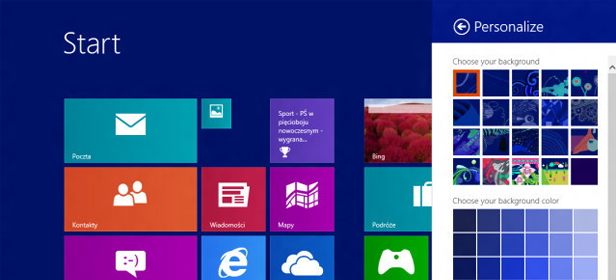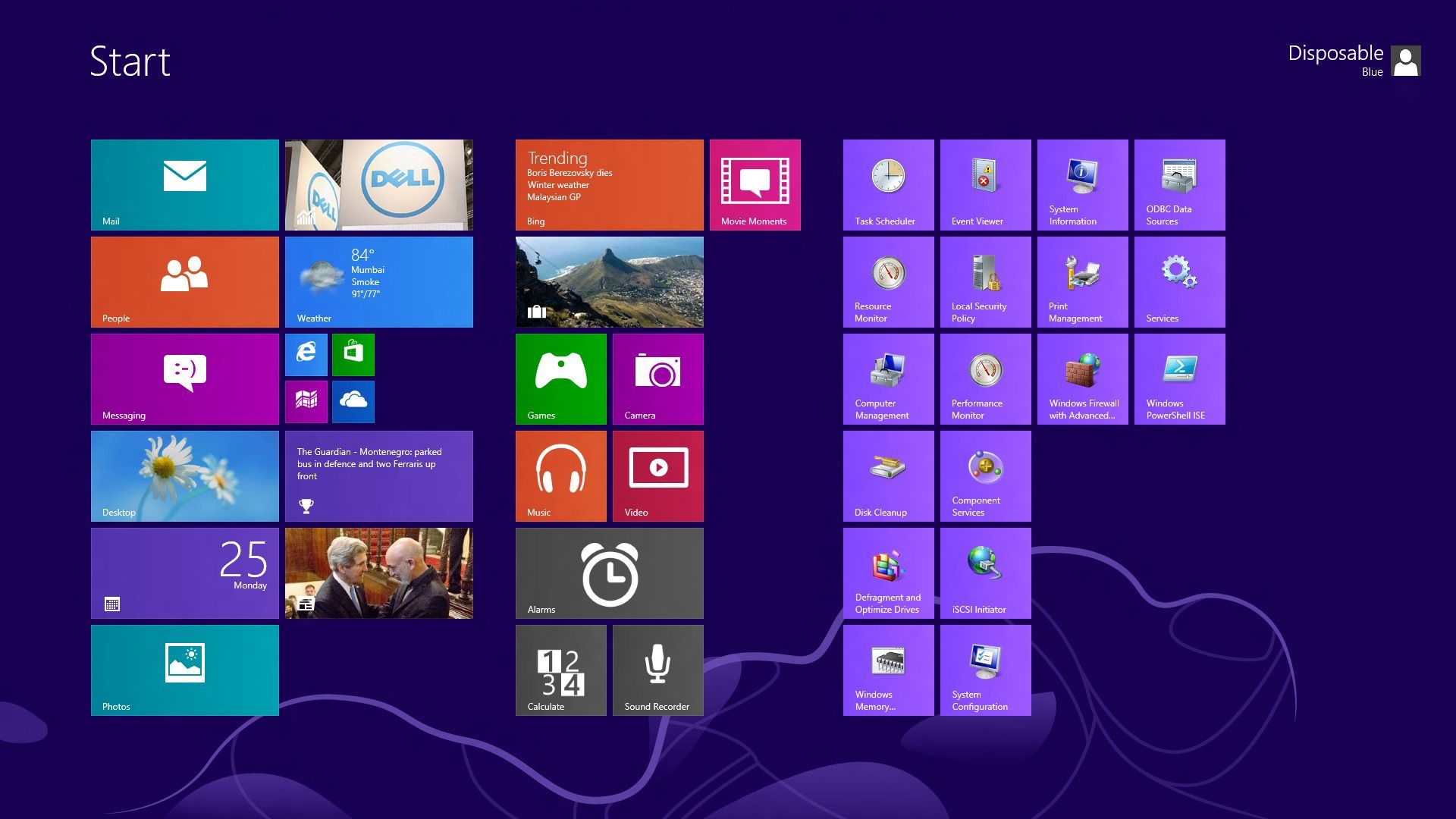This week we learned of some relatively worrisome news: PC sales have decreased dramatically, and it seems as though it is Windows 8’s fault, which users haven’t been very keen on. We understand that its move of radically changing the interface can scare some away, but where is Microsoft’s new operating system headed? From what we’ve heard about its next update 8.1, we can calmly take a look at where it went wrong, as well as some things that we miss.

The Windows 8.1 update, also known as Windows Blue, is in a way a step backwards. The new feature that is being best received is that you will be able to boot directly to the desktop and bypass the Metro interface, meaning the application tiles based on the Modern UI interface. However, it also goes deep into the features of the interface itself as it allows you to change the color and size of the tiles, in addition to those of the majority of the system’s internal elements. The sections that up until now still looked like the older version, such as the entire Control Panel, will be adapted to the new style. In fact, it is even rumored that the Windows Start button will return. So much fanfare just to return to how it was in the beginning?
Where did Windows 8 go wrong? Mostly where all new operating systems that have appeared in recent years that focus on mobile platforms: on the small amount of native applications. How is a user supposed to get used to using the new interface if neither facebook nor other important services that were important before the modern Internet have a native app? Twitter released one not long ago, but it was a disaster. There isn’t enough investment in the company.
The only way to improve it is by investing like crazy in this aspect. The apps specifically designed for Windows 8, however, have problems that didn’t used to exist with Windows: They have to adapt to many Microsoft requirements. The first of which is that they must be sold on its tightly closed online store while respecting a certain graphic design, and a very specific interface that they must stick to. They aren’t strange demands if you look at the iOS and Android platforms, each of which has its own store and design, but Microsoft has been too strict, and now it is paying the price.

We’re talking about an operating system that is going to keep being used mainly on desktop and laptop computers, and not on tablets, even though that is where it is planning its future. This closed store and closed environment dynamic doesn’t work very well on a desktop, and less so when it’s still possible to install programs through other methods on the traditional desktop. This problem is just as bad as, or worse than, the previously mentioned ones.
It’s not easy to ask a developer to work under such specific conditions, and thus have them lose money for being in the Microsoft store, when it can keep launching applications following the traditional format for Microsoft operating systems. Windows 8 isn’t expected to go in reverse, but the Redmond company is aware that if it doesn’t make it easier for people to get on board, its operating system isn’t just going to fail on computers, but also tablets and smartphones, where its future is.
Is there time to set things right? Of course. The Android/iOS pair can easily become a trio, and the new family of Windows products can work in all the fields in which it has been introduced (computers, cellphones, and tablets), but only if they can get developers’ support, and get them creating native apps. On the other hand, if we look at BlackBerry’s example, which makes it easy to convert Android apps over to its system, perhaps they should follow in their footsteps and aim for that third spot. And if Microsoft were to launch software to adapt programs to the Windows 8 interface? It would be a start.
For now, the latest news about Windows 8 says that there will be many improvements in multitasking and file management, which is something to be grateful for because it was a disaster working full screen, and not very intuitive. This improvement, in addition to all those we already mentioned, isn’t going to boost PC sales because tablets and smartphones are taking the place of the ordinary PC. However, it’s a good start that will keep it from sinking any further.
Check if you can install Windows 8 on your PC
http://windows-8-upgrade.en.uptodown.com/
Bring back the “start” button on Windows 8 with Classic Shell
http://classic-shell.en.uptodown.com/





